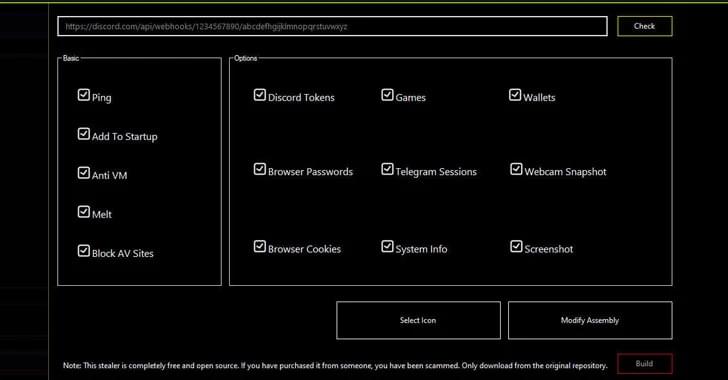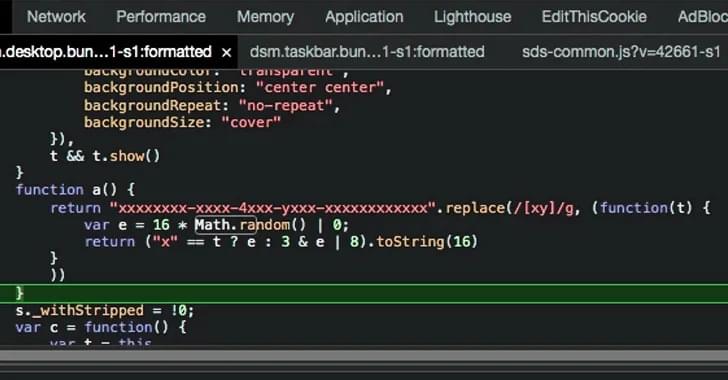Oct 20, 2023
Patch Now: APTs Continue to Pummel WinRAR Bug
Posted by Shubham Ghosh Roy in categories: cybercrime/malcode, government
State-sponsored threat actors from Russia and China continue to throttle the remote code execution (RCE) WinRAR vulnerability in unpatched systems to deliver malware to targets.
Researchers at Google’s Threat Analysis Group (TAG) have been tracking attacks in recent weeks that exploit CVE-2023–38831 to deliver infostealers and backdoor malware, particularly to organizations in Ukraine and Papua New Guinea. The flaw is a known and patched vulnerability in RarLab’s popular WinRAR file archiver tool for Windows, but systems that haven’t been updated remain vulnerable.
Continue reading “Patch Now: APTs Continue to Pummel WinRAR Bug” »


















